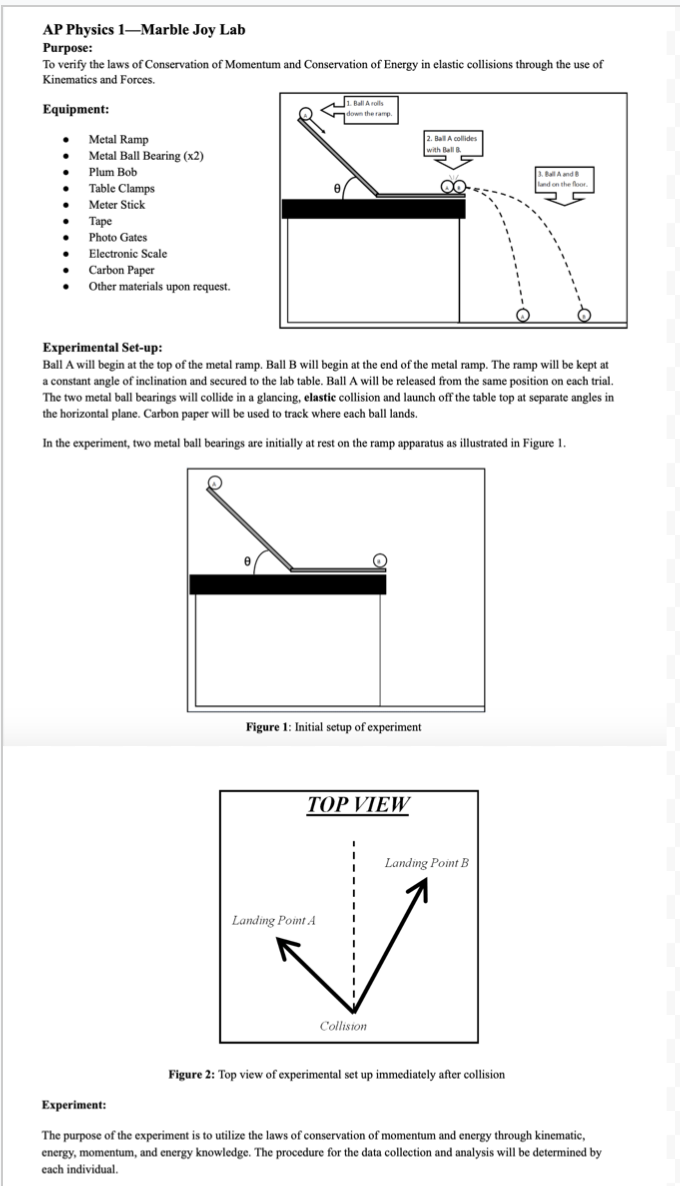The bottom marble is stationary until the top marble hits it.
Marble collision to have different momentum what is the forces.
In both types of collision total momentum is always conserved.
However kinetic energy is conserved in elastic collisions only.
In physics a collision doesn t have to involve an accident like two cars crashing into each other but can be any event where two or more moving objects exert forces on each other for a short period of time.
Because of the law of conservation of momentum the second marble now had the velocity of the first marble.
Two types of collisions are of interest.
We have been applying conservation of momentum to collisions and explosion which is valid but there are actually two different types of collisions and they have different properties.
The perfectly inelastic collision momentum formula is the inelastic collision energy formula is elastic collisions in an elastic collision both momentum and energy are conserved.
The collision is almost instantaneous.
What would happen if you could throw a wrecking ball at the wall at the same speed that you threw the tennis ball.
Materials 2 balls of different masses objects in motion have momentum.
So we can almost always assume that the total linear momentum is conserved.
The top marble will have a greater initial momentum.
Why would a wrecking ball have a different effect.
Conservation of momentum of systems when two objects a and b collide the collision can be either 1 elastic or 2 inelastic.
If you throw a tennis ball at a wall it will bounce back toward you.
But what is the force that the first marble applied one the second marble.
The smaller marble didn t have any original momentum.
In this case the forces between the colliding objects are conservative.
In a collision of two cars of unequal mass the occupants of the lighter car would experience much higher accelerations hence much higher forces than the occupants of the heavier car.
A massive marble collides with a smaller marble that isn t moving the momentum after the collision is equal to the momentum of the massive marble before the collision.
Momentum is a product of mass and velocity so if both marbles have equal masses whichever has a greater velocity will have a greater momentum.
Collisions when two objects bump into each other this is called a collision.
But if we had a marble that moves in a straight line at a constant velocity and colloids with another marble.
Collisions 2 conservation of linear momentum in collisions involved in isolated systems recall that linear momentum is conserved in isolated systems.
The wall would most likely break apart.
Conserving momentum and energy it s the law.
Almost all collisions we encounter in this course are isolated.

